
SinodosChemistry Polymers classification
This PVC is used for making pipes, cables, films, floors, paper, coatings, and others. Discover the world's research. 25+ million members; 160+ million publication pages; 2.3+ billion citations;

Struktur von Linoleum PVC stockbild. Bild von rückseite 125588353
Polyvinyl chloride, commonly referred to as PVC or Vinyl, is the world's 3 rd most synthesised thermoplastic material. Its most well-known application is the formation of PVC pipes in the building and construction industry, but the benefits of PVC extend far beyond this into the medical, electrical and protective clothing sectors.

Struktur von Linoleum PVC stockbild. Bild von isolierung 125588357
The acronym PVC refers to the product polyvinyl chloride. Often referred to simply as a "plastic" or even "vinyl", PVC is a man-made thermoplastic material that is utilized in a wide variety of.
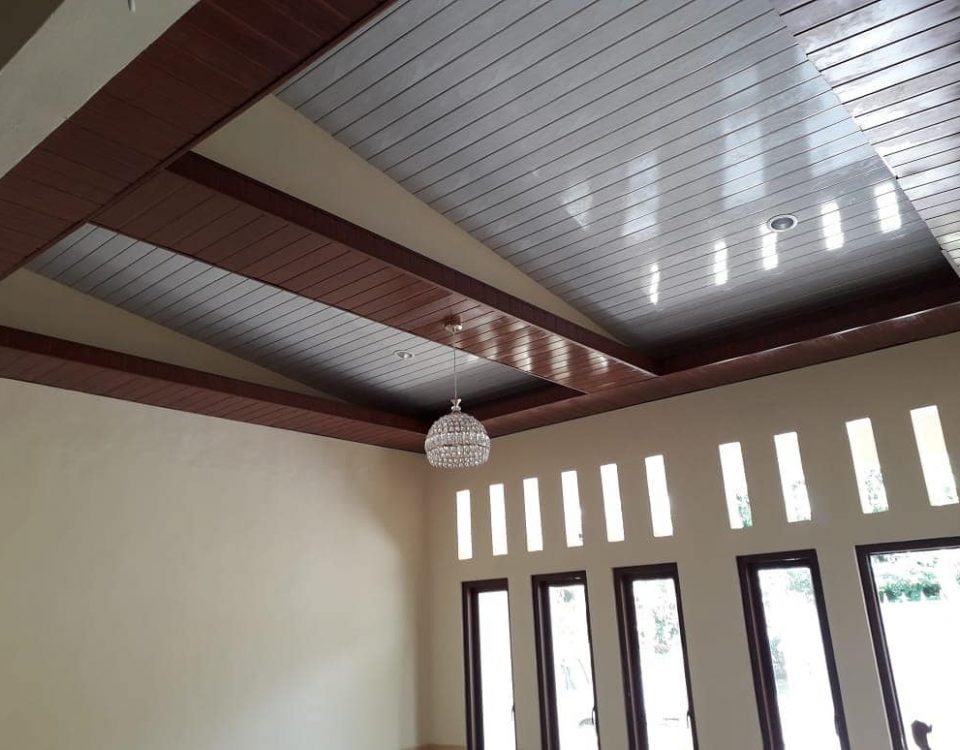
Model Plafon PVC Evo Plafon
Each vinyl chloride unit contains one carbon atom double-bonded to a chlorine atom and single-bonded to two hydrogen atoms. Formula: (C 2 H 3 Cl) n. IUPAC Name: Poly (1-chloroethylene) The carbon-chlorine bonds within the vinyl chloride units give PVC its distinct properties, such as resistance to environmental factors and electrical insulation.
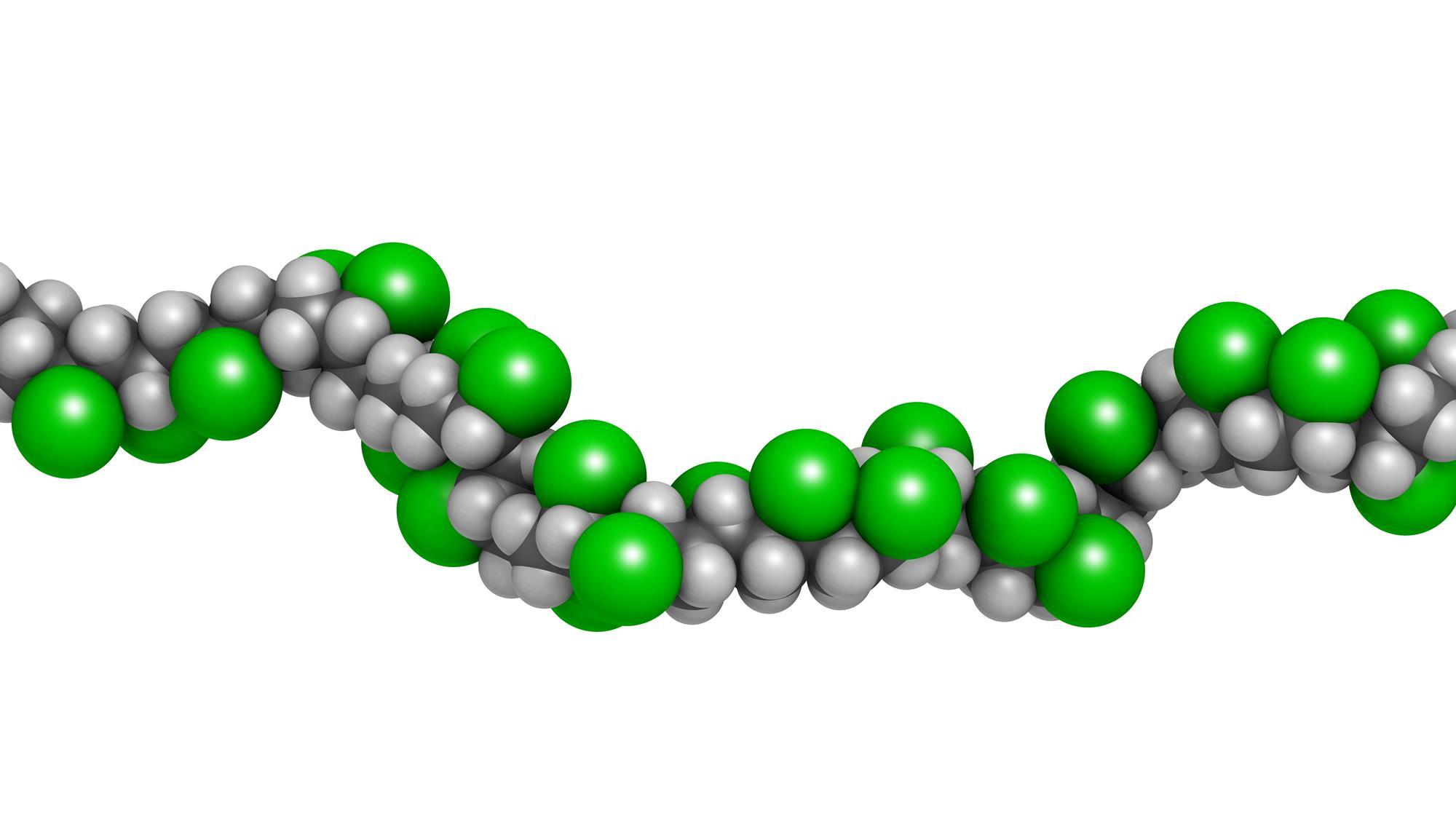
PVC Podcast Chemistry World
PVC coated polyester is known for its excellent strength, flexibility, translucency and affordability compared to PTFE coated glass cloth and ETFE. The PVC coating, which is applied to polyester includes UV stabilizers, fire retardant additives, and anti-fungicides. PVC coated polyester fabrics have a structural lifespan greater than 20 years.

Gambar Struktur Pvc
Struktur polimer PVC cenderung kaku sehingga dikenal memiliki sifat kuat dan kokoh. Oleh karena itu, polimer plastisisasi ditambahkan ke PVC selama proses pembuatan untuk membuatnya lebih fleksibel. Bertentangan dengan uPVC, polimer plastisisasi tidak ada dalam produksi. Akibatnya, uPVC keras dan kurang fleksibel apabila Anda membandingkannya.

PVC polymer, molecular model Stock Image C009/8149 Science Photo Library
Keuntungan dari PVC: PVC adalah bahan murah yang ringan, mudah dibentuk, dan umumnya mudah ditangani dan dipasang. Dibandingkan dengan jenis polimer lainnya , proses pembuatannya tidak terbatas pada penggunaan minyak mentah atau gas alam. (Beberapa berpendapat bahwa ini membuat PVC menjadi "plastik berkelanjutan" karena tidak bergantung pada.
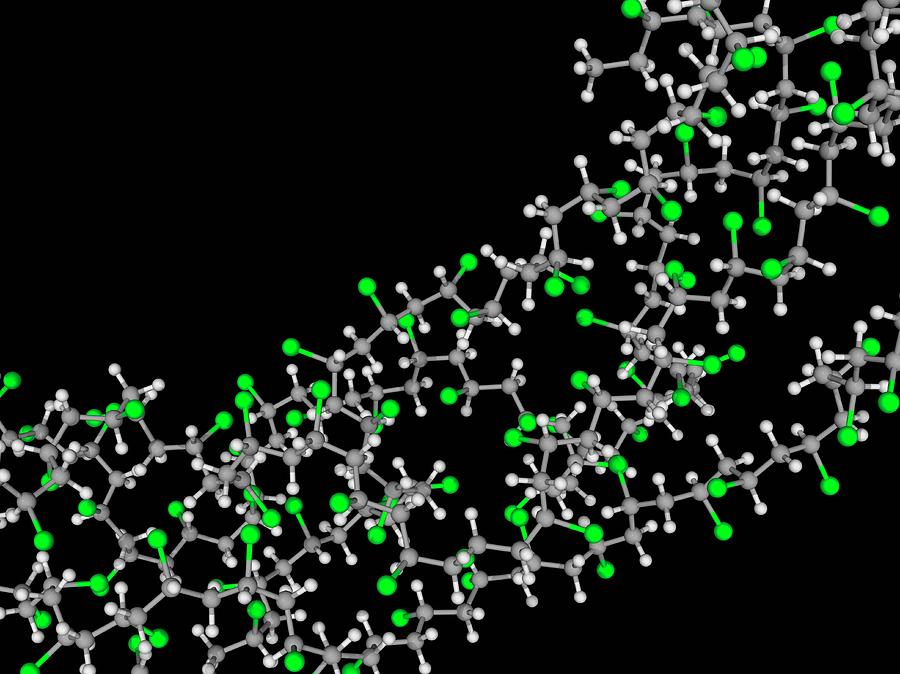
Polyvinyl Chloride Pvc Molecule 3 Photograph by Laguna Design/science Photo Library Pixels
PVC, in particular regarding the choice of extruder. While the single screw machine dominates in the case of plasticized PVC the twin screw is used in the case of rigid PVC (This is almost the only field where it is used). Figure 3: turbulence mixer. Polyvinyl chloride—Processing and structure 603
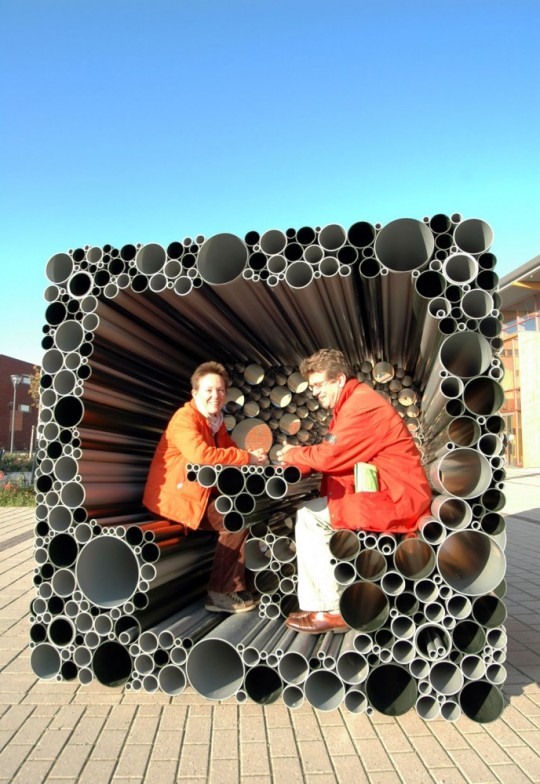
Beautiful PVC Structure by Hoogte Twee Architects « PVC Innovation WonderHowTo
PVC is the only general purpose plastic that allows free, wide and seamless adjustment of the required physical properties of products such as flexibility, elasticity, and impact resistance, by adding plasticisers, additives, and modifiers. Since the physical properties of end products are adjustable with additives, only a few types of resin.

What is PVC ? What are the advantages of it as a construction material
The structure of PVC involves a lengthy chain of vinyl chloride molecules, which contain chlorine, hydrogen, and carbon atoms, depicted by the chemical formula C2H3Cl. PVC is a thermoplastic polymer extensively utilized in the construction industry to produce door and window profiles, drinking and wastewater pipes, wire and cable insulation.
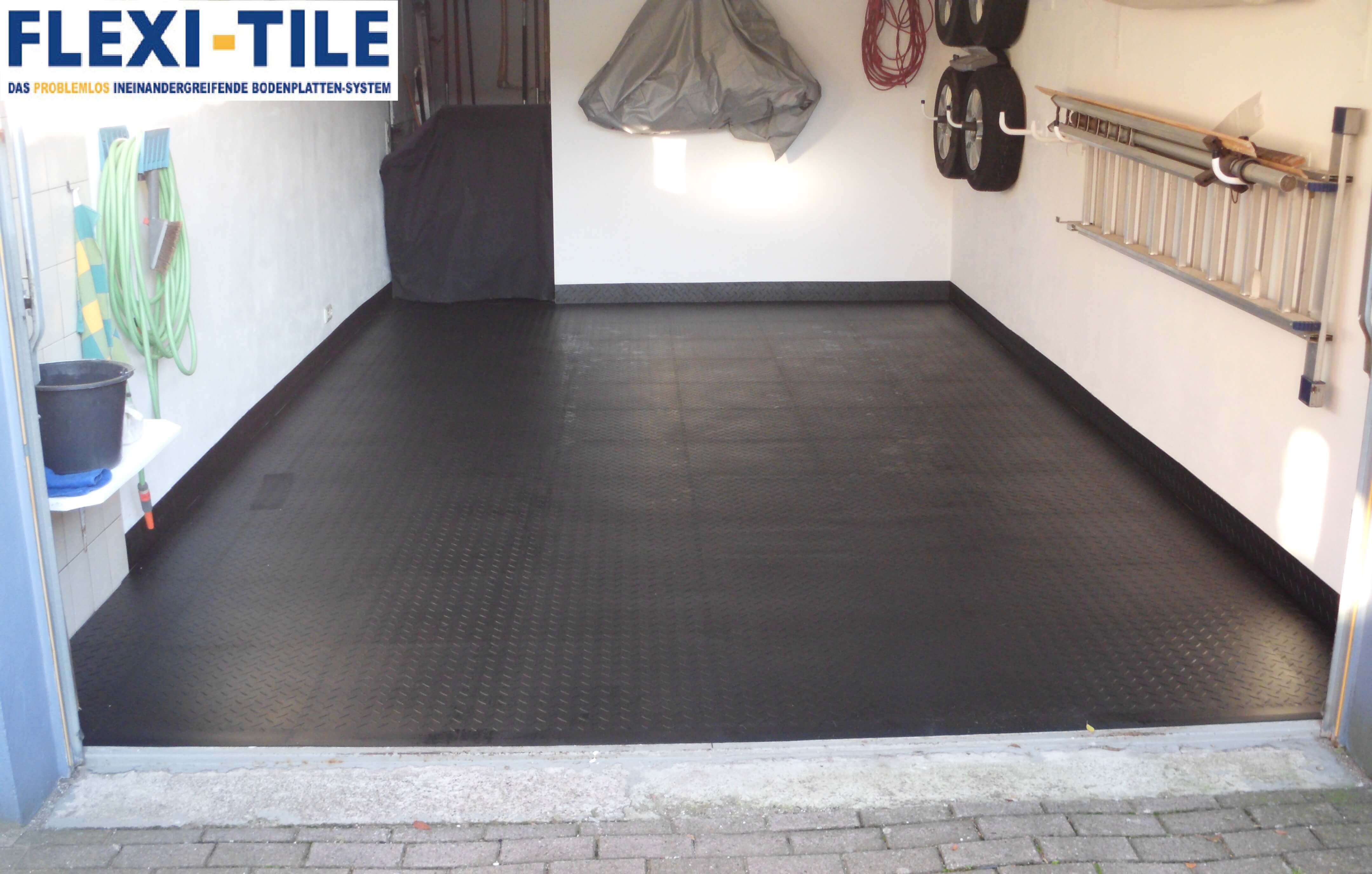
Modernisierung eines Garagenbodens » PVC Fußbodenbelag PVC Fliesen und Industrieboden
Dielectric Breakdown Voltage. 40 MV/m. Polyvinyl chloride (alternatively: poly (vinyl chloride), [6] [7] colloquial: polyvinyl, or simply vinyl; [8] abbreviated: PVC) is the world's third-most widely produced synthetic polymer of plastic (after polyethylene and polypropylene ). About 40 million tons of PVC are produced each year.
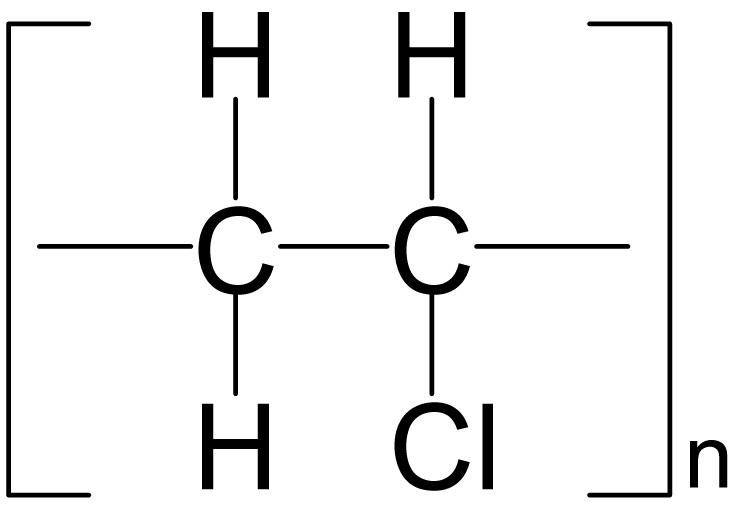
Difference Between PVC and Polycarbonate
PVC is a polymer, a large molecule made from repeating units linked by covalent bonds. Its primary component is the monomer vinyl chloride, a compound of carbon, hydrogen, and chlorine elements. Specifically, vinyl chloride's chemical formula is C 2 H 3 Cl. When polymerized, or linked together, the vinyl chloride units form chains, creating.

Pvc chemische struktur Fotos und Bildmaterial in hoher Auflösung Alamy
Write the structures of the monomers used for getting the following polymers: (a) Polyvinyl chloride (PVC) (b) Melamine - formaldehyde polymer. (c) Buna - N. Click here:point_up_2:to get an answer to your question :writing_hand:write the names and structures of the monomers ofpvc.
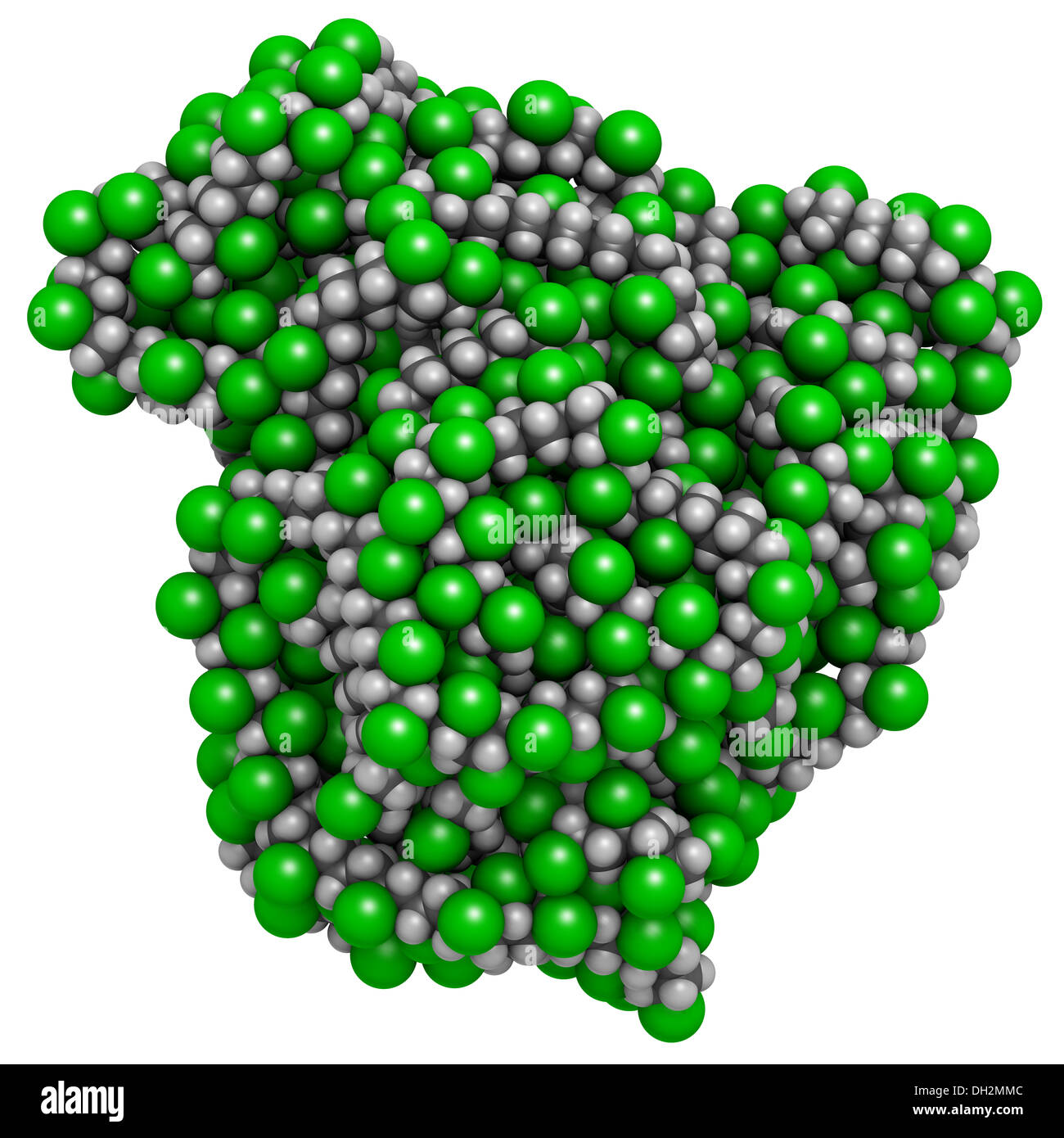
Le poly(chlorure de vinyle) le plastique (PVC), la structure chimique Photo Stock Alamy
It is important to know the polymerization reactivity of VC for synthesizing PVC. Among many vinyl monomers, VC is classified as a non-conjugated weak electron-withdrawing vinyl monomer from the Q- and e-values of VC (0.44 and 0.2, respectively) determined from radical polymerization [16].This indicates that the VC monomer has low reactivity, but its radical is highly reactive.
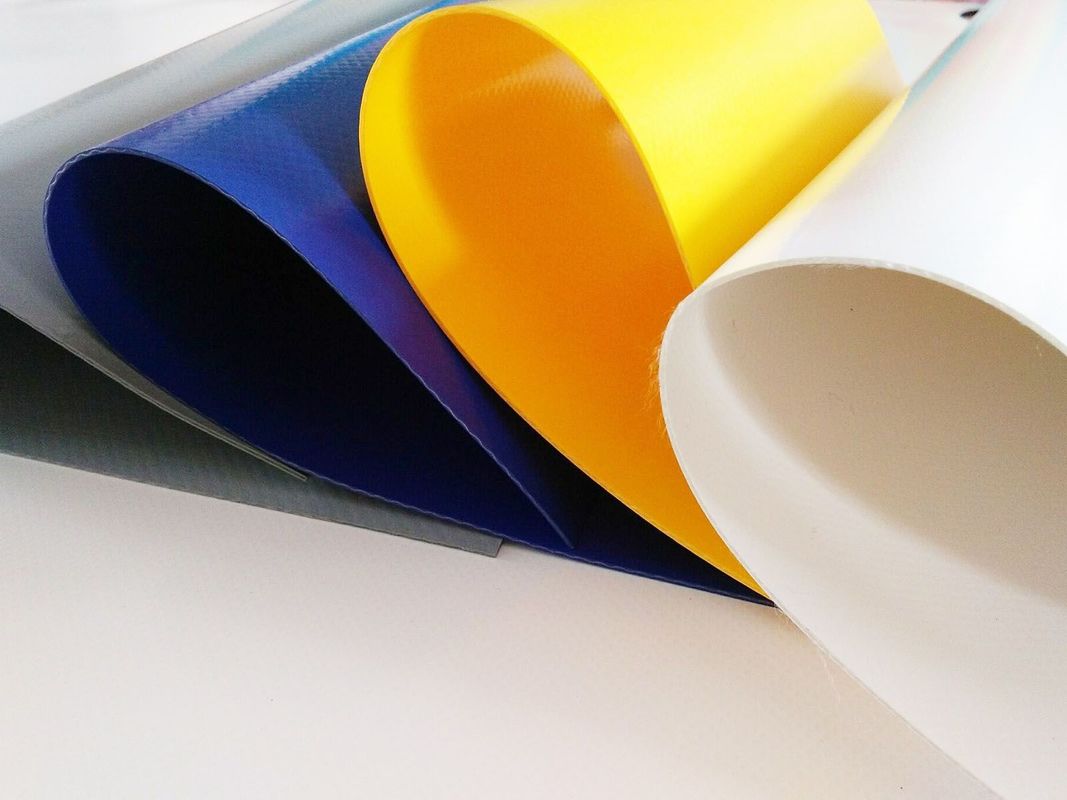
Acylic dehnbares PVCMembranStrukturOberflächenzelt hoch flammhemmend
Pembuatan PVC Struktur dan Sifat PVC. mempunyai rumus molekulnya adalah -CH2 - CHCl -n. Bentuk ini mempunyai titik leleh melting point sekitar 204 C dan temperatur transisi glass antara 70 -100 C. Kegunaan dalam kehidupan adalah sebagai pipa plastik paralon, peralatan kelistrikan, dashboard mobil, atap bangunan dan lain-lain .

PVC plastic polymer molecule Stock Image F012/6268 Science Photo Library
Polyvinylchlorid (Kurzzeichen PVC) ist ein thermoplastisches Polymer, das durch Kettenpolymerisation aus dem Monomer Vinylchlorid hergestellt wird. PVC ist nach Polyethylen und Polypropylen das drittwichtigste Polymer für Kunststoffe.. Die PVC-Kunststoffe werden in Hart- und Weich-PVC unterteilt. Hart-PVC wird beispielsweise zur Herstellung von Fensterprofilen, Rohren und Schallplatten verwendet.